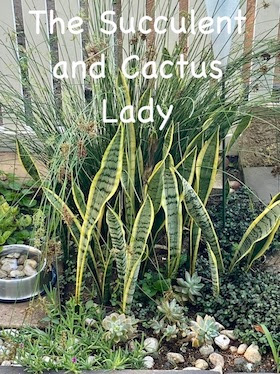We've had a lot of rain and my
Echeveria imbricata are hosting their beautiful bell-like little flowers en
masse this summer and are offering plenty of babies, ready for picking and
transplanting. E. elegans is not frost resistant and I have learnt the hard way, almost losing all my plants as we live in a heavy frost area. So I have transplanted all my stock into pots and various planters, bringing them indoors during winter.
Native to Mexico and also known
as the Mexican Snowball, these beautiful rosette-shaped succulents are summer
growers. Once established they can tolerate extended dry periods without
watering but will grow stronger if they receive adequate water during their
growing season. Free draining, porous soil is essential to prevent root rot.
Echeverias are shallow rooted
plants and therefore benefit from good levels of organic matter in the soil.
Good ventilation is important for minimising pest and disease risks. Generally,
the more sun they get the better they will display their colours and shape, but
protect them from excessive sun during very hot weather and take note that they actually do not like frost.
Camera
: Canon EOS 550D
Location
: My garden, Tarlton, Gauteng, South Africa
.
















No comments:
Post a Comment